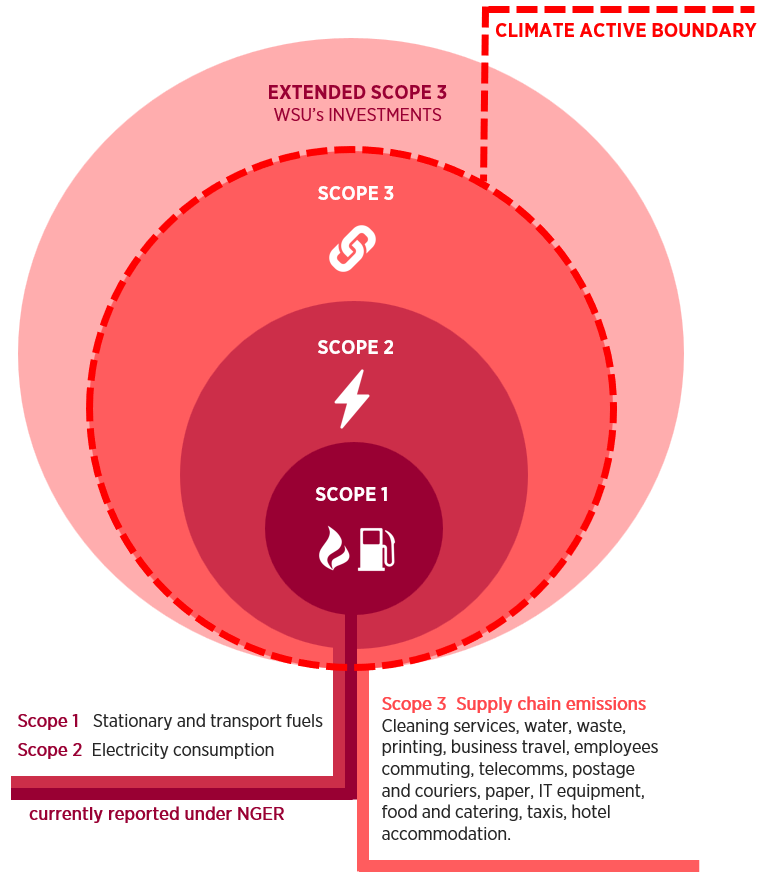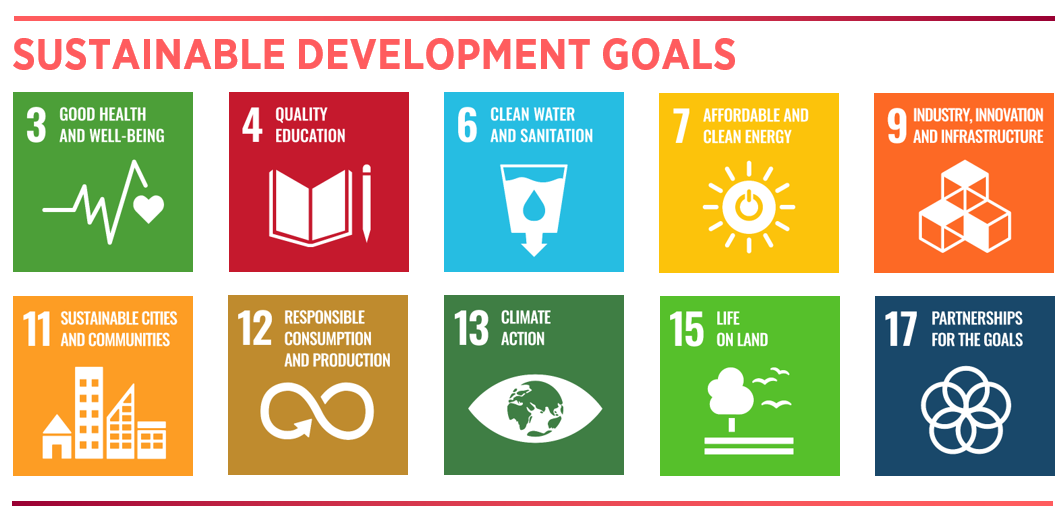Resilience & Climate Change

Actions to address climate change risks include those relating to both the mitigation of greenhouse gas emissions and adaptation through resilience planning. The university is certified as carbon neutral for its business operations under Climate Active (opens in a new window), and has commenced work towards its goal of becoming climate and nature positive.
Overview
Key Strategies Emerging
Building upon our Sustainable Energy Strategy (PDF, 1912.14 KB) (opens in a new window) and Carbon Neutrality Implementation Plan (PDF, 956.37 KB) (opens in a new window) , the University achieved Climate Active (opens in a new window) certification as Carbon Neutral for its business operations. This strategy builds upon our commitment to low carbon Green Star accredited buildings, and electricity supply contract with 100% accredited GreenPower.
Resilience planning embeds a lifecycle approach across all climate change risks; including planning and preparedness, operational responses, recovery and continuous improvement. Western's progress is outlined in its Climate Ready discussion paper ( PDF, 1576.24 KB) (opens in a new window) which built upon the initial 2019 Preliminary Resilience Assessment ( PDF, 1822.81 KB) (opens in a new window).
Management Initiatives Underway
Climate Active certification as a carbon neutral organisation requires us to:
- Annually submit our carbon footprint under Scopes 1, 2 and 3,
- Engage stakeholders in identifying emissions reduction strategies, and
- Purchase carbon offsets for residual requirements.
Applying a lifecycle approach to Resilience Planning includes:
- Preparedness through embedding resilience in strategy, planning, and integrative infrastructure strategies,
- Operational responses to address renewable energy, urban heat, bushfire mitigation and response, and regional collaboration,
- Recovery of our community and incorporation lessons learned to improve preparedness and responses.
Related Living Lab Initiatives
Compliance Requirements and Risk
Achieving Carbon Neutral certification from Climate Active (opens in a new window) requires stakeholder buy-in and relevant data provision and stewardship. Once certification was achieved, yearly reporting is required, along with improvements in methodologies required for data capture and verification.
For resilience planning, a focus needs to be on systemic connectivity, to mitigate ‘cascading failures’ (Resilient Sydney). Increased temperatures, heat, drought bushfires and storms have multiple complex impacts on health, amenity, productivity and ecology within the social-ecological landscape of Western Sydney.
Trends and Interdependencies
The recent 6th Assessment report of the IPCC (opens in a new window) reinforced robust evidence of climate change symptoms due to human activity, reinforcing the need for enhanced mitigation and adaptation efforts by all organisations, communities, and levels of government.
Targets
| 2023 | Carbon Neutral certification achieved - Climate Active (opens in a new window) |
|---|---|
| 2026 | Climate Positive pilot - Hawkesbury campus |
| 2029 | Become a Climate Positive organisation |
Initiatives and Case Studies
Carbon Neutrality Implementation Plan
The organisational carbon footprint was estimated in relation to the Climate Active (opens in a new window) boundary in the image below.
Scope 1 emissions are from stationary and transport fuels, natural gas, and refrigerants used on site, and Scope 2 emissions include electricity consumption supplied from the grid. Scope 3 emissions are from capital works, and the manufacture, transport and disposal of all goods, and provision of services, in our supply chains.
Key areas for future initiatives fuel switching of gas and fuel to renewably sourced electricity (eg for heat pumps, electric vehicles). Opportunities are emerging for business services with carbon neutral certification. A combination of technology and alternative transport options for commuting and inter-campus travel is also a key opportunity. The purchase of carbon offsets are necessary to address the carbon footprint, with the cost of offsets creating an internal incentive for further emissions reductions. Eventually, decarbonisation of the economy will support transition towards positive carbon opportunities, with carbon captured exceeding reduced emissions.
Carpark Solar Structures
After the success of our integrated pilot at Kingswood campus, and in association with Urban Heat and Solar Engineering Living Lab, further solar carpark structures were installed at Campbelltown, Hawkesbury, and Parramatta campuses. The benefits of these structures include:
- Generation of solar power as a strategy to reduce peak energy load
- Cooling and shading of carparks, reducing heat load
- Amenity and accessibility of shaded carparks
- Safety through design, improving access during intense storms
- Potential bundling with EV car charging points.

Mobile options:


